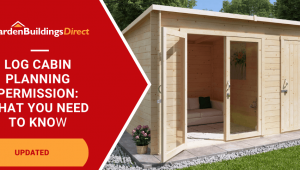Jump to:
A well-built greenhouse gives you control over the three crucial things that determine your planting productivity: temperature, light, and space. Whether you’re growing salad greens or tomatoes, the right setup makes all the difference.
Choose the Right Greenhouse Setup
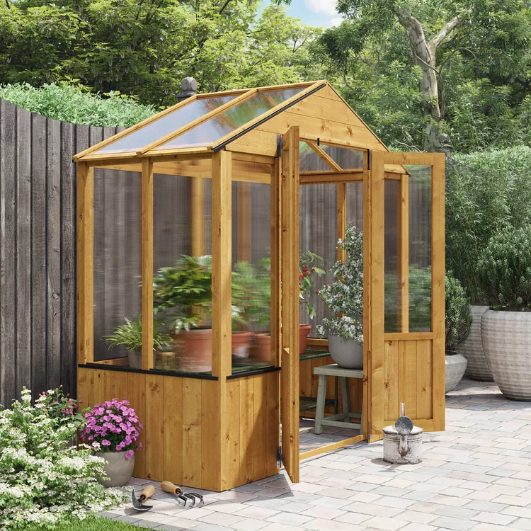
Before thinking about plants, make sure your structure supports good growth. A solid, well-sealed greenhouse holds heat, protects from frost, and lets in consistent light.
- Positioning: Place the greenhouse where it catches full sun for most of the day — ideally south-facing. Avoid shade from fences or trees, especially in winter when light is lower.
- Ventilation: Use roof or side vents to control temperature and humidity. Consistent air circulation helps plants photosynthesise efficiently and prevents fungal build-up. Wooden greenhouses may allow you to add extra ventilation.
- Insulation: For all-year use, line walls with bubble wrap or thermal screens. They retain warmth and stabilise conditions overnight.
These simple setup choices create an environment that supports healthy, consistent growth.
Plan Your Greenhouse Layout for Better Yields
Efficient layout is the secret to steady production. Think of your greenhouse in zones based on light and temperature.
1. Create heat and light zones
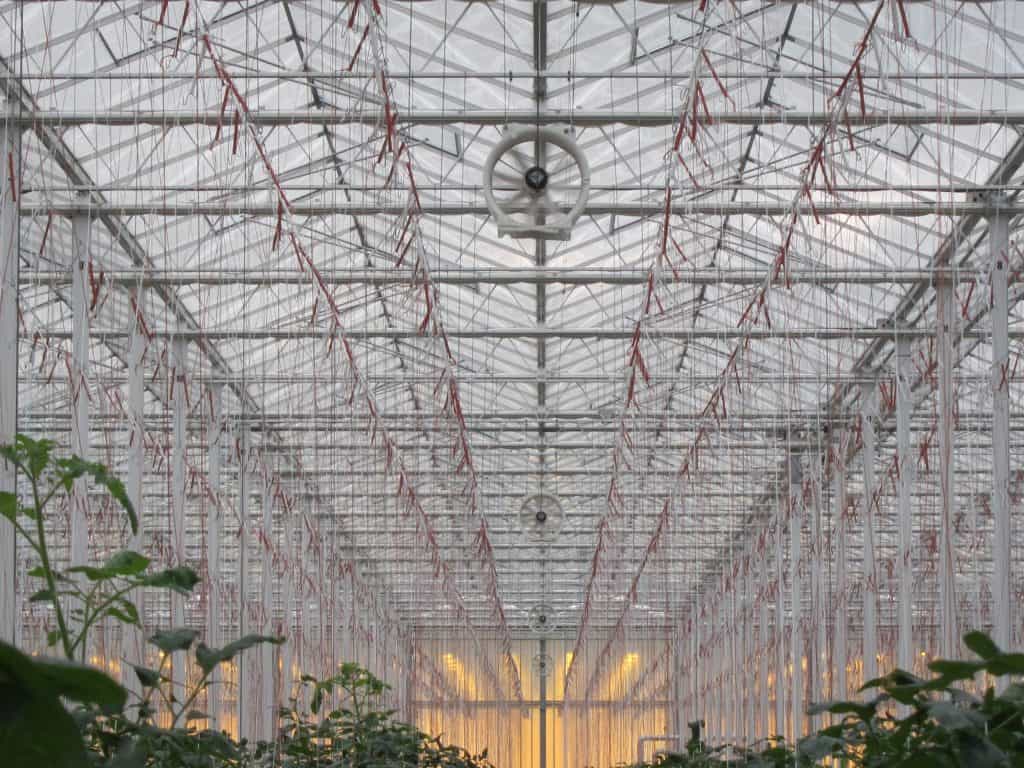
(Image Credit: WikiMedia Commons)
- Warm zone (centre/high shelves): Place heat-loving plants here — tomatoes, peppers, and cucumbers thrive where temperatures stay highest.
- Cooler zones (edges or lower shelves): Use these for greens, herbs, and root crops that prefer mild conditions.
- Avoid shading: Place taller crops like tomatoes or beans toward the back or sides so they don’t block sunlight from smaller ones.
This approach ensures each plant type gets the conditions it needs, rather than competing for light or warmth.
2. Use multi-level plant shelving
Vertical space often goes unused. Adding multi-level staging or plant shelving instantly increases your growing area without needing a bigger greenhouse.
- Top shelves: For light-hungry crops and seedlings that benefit from full sun.
- Lower levels: Perfect for herbs or young plants that prefer filtered light.
- Under-shelf trays: Ideal for germination or microgreens where steady warmth matters more than direct light.
By growing upwards, you maximise greenhouse yield without crowding the floor.
3. Keep walkways clear and efficient
Plan narrow but safe walkways so you can reach everything easily without losing valuable growing space.
- Aim for at least 45–50 cm width — wide enough for a watering can or wheelbarrow.
- Use slatted floors or gravel to improve drainage and prevent water pooling.
Smart Greenhouse Crop Production Tips
Once your structure and layout are right, these growing habits will help sustain strong yields season after season.
Rotate crops for soil health
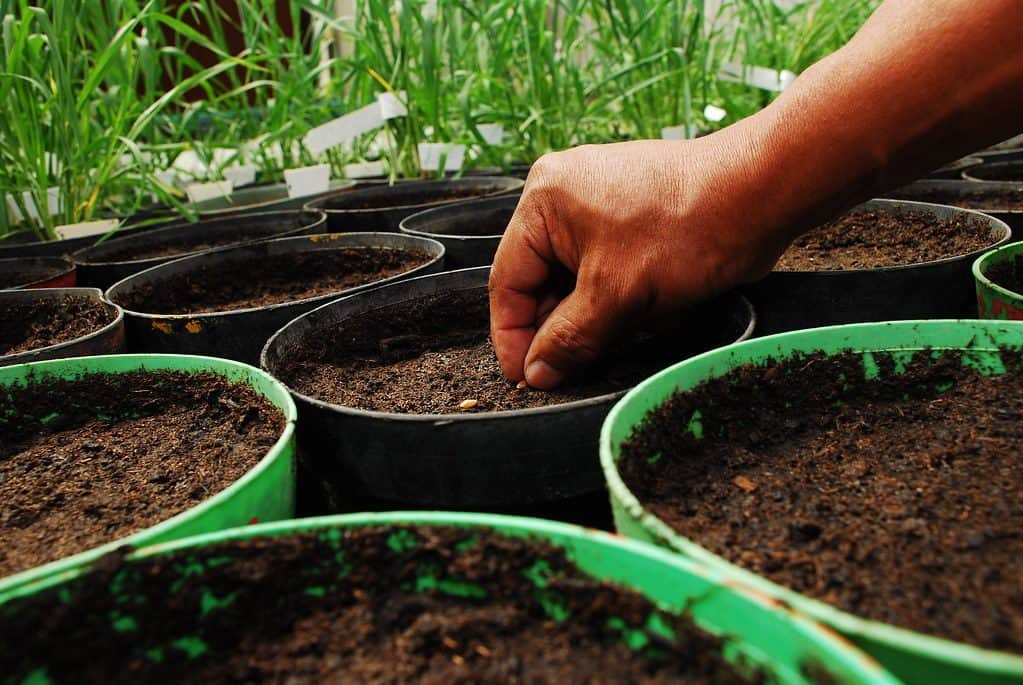
Avoid growing the same plant type in the same soil each year. Rotate between fruiting crops (like tomatoes), leafy greens (lettuce, kale), and roots (carrots, radishes). This keeps nutrients balanced and reduces disease risk.
Group plants by watering needs
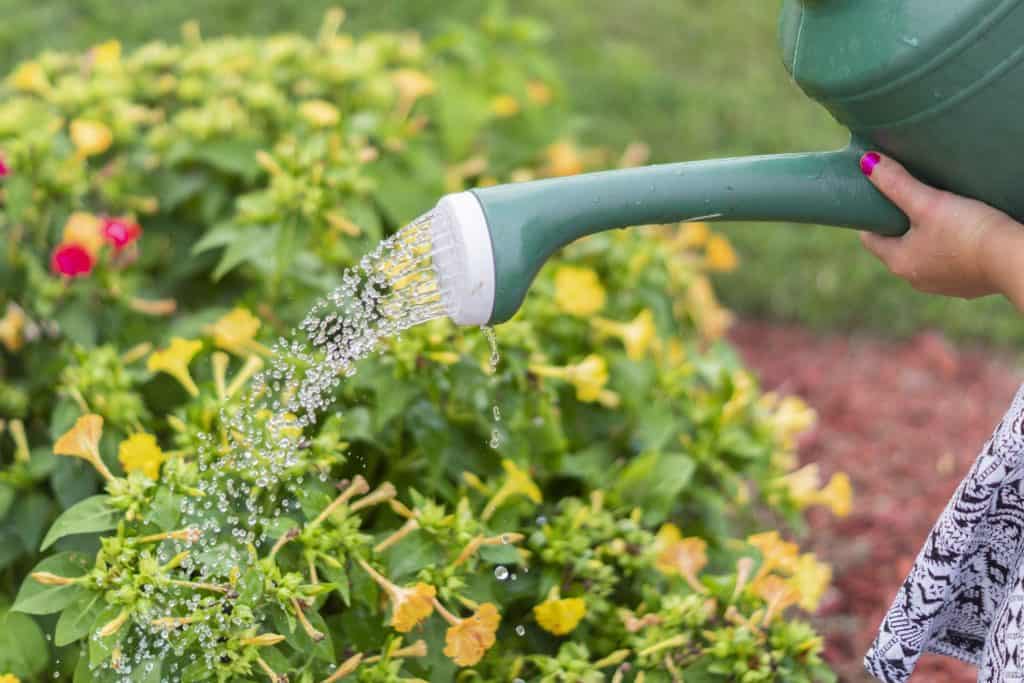
Install drip lines or capillary mats near the base of each plant group. Grouping crops that prefer similar moisture levels stops overwatering and keeps growth even.
Track and adjust
Keep a log of what you plant, when you harvest, and how each crop performs. Over time, you’ll spot which layouts give the best light, which crops yield the most, and where to adjust spacing or rotation next season.
A greenhouse can give you much more than you expect when you plan it with the right crops and make small changes. Do that, and you’ll see your harvests grow season after season. Good luck, and may your greenhouse harvests get better each year!



